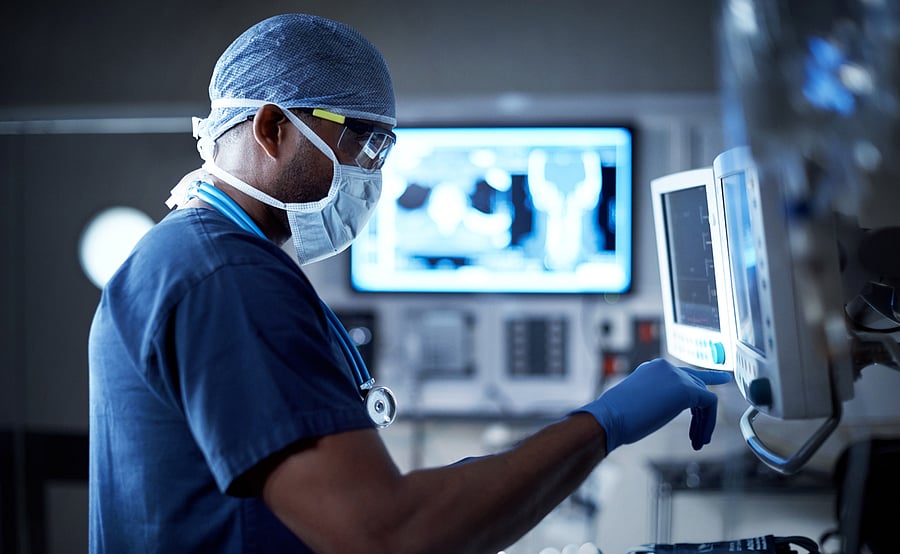
Doctors, nurses, and others working in the healthcare field are at a great risk as they provide their services. Amidst reports of healthcare professionals working long hours, being overworked, and fainting whilst wearing personal protective equipment (PPE), an innovative solution has come around to reduce their workload.
Humanoid robots, which were tested in AIIMS Delhi from the month of April, are 92-cm tall bots that can do tasks ranging from disinfecting to taking temperature checks. With a built-in camera that records all activity and another that allows patients to contact family and friends, these machines are well-equipped to provide hands-on assistance to patients as well. Not only family, these robots can help patients get on a video call with their doctor too.
They were developed by Milagrow Robotics and with a charging time of four hours, can perform for as long as 12 hours. They use light-detection and localisation and mapping technologies to avoid accidents and navigate safely.
More and more hospitals are welcoming these robots, with Apollo Bangalore using them to disinfect with UV light.
High infection rates amongst healthcare workers prompted them to engage robots, Dr Manish Mattoo, Zonal Director, Fortis Hospitals, Bangalore told the Indian Express. “This process will help us minimise the chances of virus transmission through human contact,” he added.
The next challenge in front of these humanoids is to improve their facial recognition technology, which would allow them to recognise faces despite masks. The other is making patients, particularly those already hospitalised and distressed, comfortable with humanoids.
